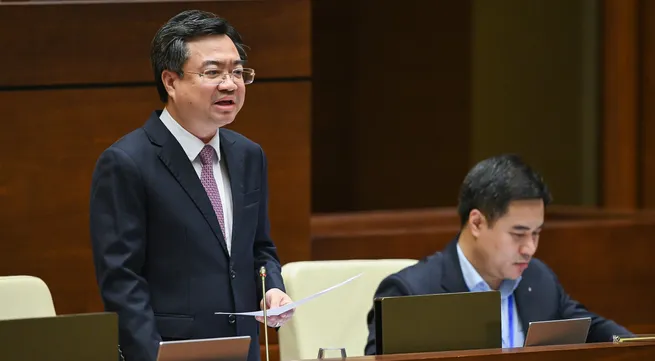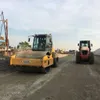Construction minister suggests solutions to urban development issues

Tran Van Lam, a deputy from Bac Giang northern province, pointed out frequent flooding in big cities like Hai Phong, Ho Chi Minh City, Can Tho and Hanoi, as well as urban areas in Lao Cai and Quang Ninh provinces, whenever heavy rains occur. He also complained about traffic congestion as a result of the high-density construction.
These issues have existed for a long time but have yet to be addressed, he said.
Admitting unsolved flooding in cities, Minister Nghi said the main causes include the natural conditions of those areas, climate change, fast urbanisation that has led to shrinking lakes and ponds, thus reducing water drainage capacity, planning yet to meet development demand, slow drainage projects, and limited resources for infrastructure.
In the time ahead, the Construction Ministry will focus on improving planning which must take into account climate change and sea level rise, invest more in urban infrastructure, promote inspections of construction activities, and concertedly build water supply facilities, he noted.
Replying to a question about degraded housing and infrastructure in many residential areas in Hanoi, the official said in recent years, many localities have boosted urban development through housing construction. Many residential and housing areas have been built, but a number of them haven’t handed over technical infrastructure to local authorities for management.
He blamed that problem on vague legal regulations on construction and urban development, prolonged project implementation, some investors lacking a sense of responsibility towards infrastructure maintenance, and limited resources of local administrations.
The ministry will continue overhauling legal rules, assign detailed responsibility for urban infrastructure management to the parties concerned, and propose administrative fines for violations of rules in this regard, Nghi added.





